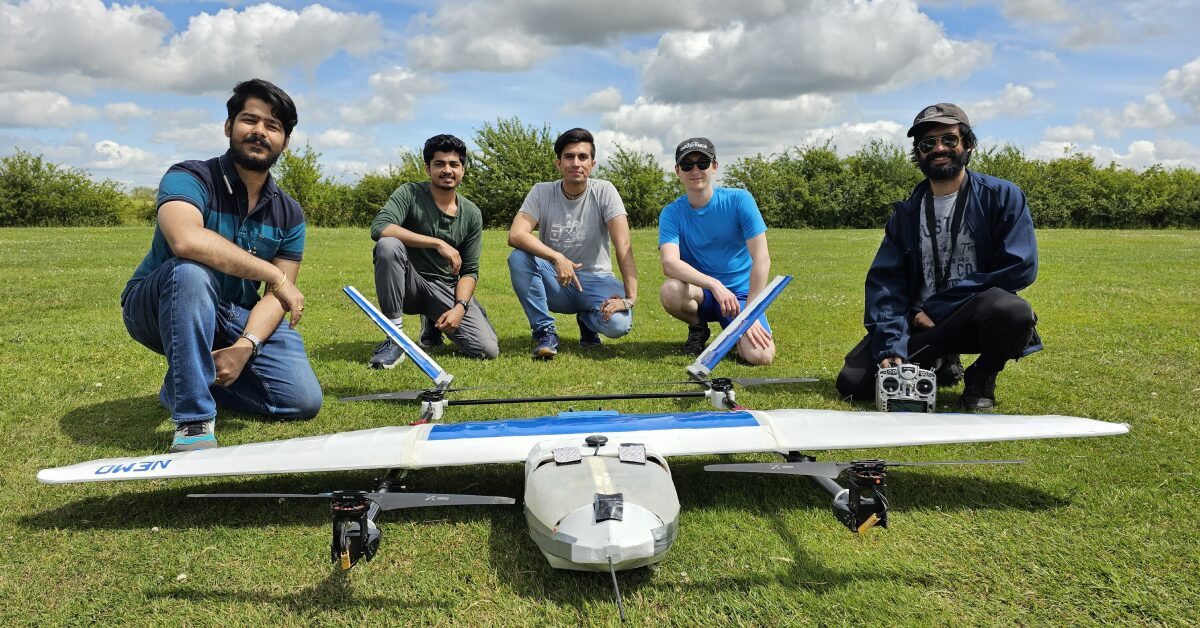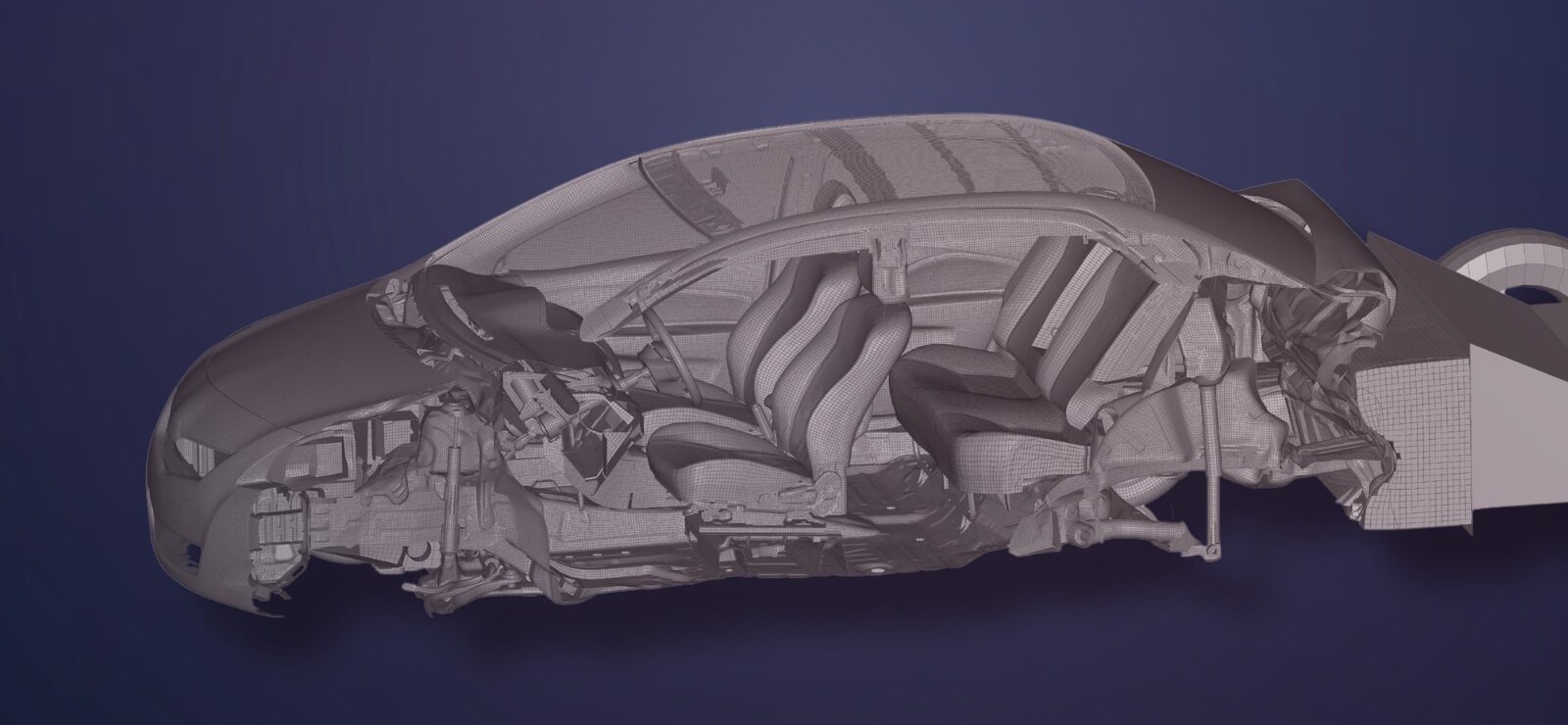Data protection in research data management
06/03/2017

There was a young man we’ll name Paul,
Who answered a short survey call.
He provided his data
And was shocked to see later,
His age, faith, and health shared with all.
This limerick is definitely an example of what not to do! If you’ll be collecting any personal data or sensitive personal data during your research project, you will need to work carefully to ensure participant involvement is correctly handled, in compliance with the Data Protection Act.
Before anything else, ask yourself: do you even really need to collect personal data? Does it really hold research value or are you collecting it for administrative purposes? If personal data does need to be collected, store it separately from the research data. Consent, anonymisation, and encryption are a few other key areas to think about, when considering your data protection responsibilities.
- Consent: You must inform participants about how personal data will be used, stored, processed, transferred and destroyed. Apart from a few legal exceptions, data can only be shared with explicit consent, ideally in written form, so make sure you ask for the relevant consent for your project. See more on the ethics intranet pages including a sample consent form (docx). It can be time-consuming or even impossible to return to participants for further consent later on, so it’s important to think about the consent form wording carefully at the start; don’t hesitate to get in touch to discuss this for your project.
- Anonymisation: You are encouraged to publish your research findings and also the data underpinning them, but you must do so responsibly. Personal data should be anonymised as far as possible (e.g. removing key personal identifiers, hiding outliers, aggregating data) so that it can be shared – but you should still have obtained consent for this. Anonymising data allows it to be re-used for wider purposes than that originally specified, enhancing the value of the data.
- Encryption: This means that files are stored in an encrypted area, and can only be read with the use of a passphrase to access the contents. Microsoft Office software has an in-built encryption feature under File > Protect. If you’re collecting sensitive personal data, it must be stored with encryption, in line with ICO recommendations, to ensure compliance with the Data Protection Act. IT Services can provide encryption software and support.
As these areas relate to both research ethics and legal requirements, it is important to get these right. Participants should be confident in our practices, and good planning in these areas should also ensure no slip-ups that could cause problems for you when publishing findings. Just recently there was actually a retraction for a paper due to concerns over lack of consent from participants.
For more support on data protection in RDM, see the ICO online guide or the RDM intranet site, or email me for support at researchdata@cranfield.ac.uk.
Public domain image from MorgueFile.com
Categories & Tags:
Leave a comment on this post:
You might also like…
Creating a new user account in Mendeley
Before you start using Mendeley reference management software, you will need to create an account. This is a really simple process and should take you no more than a couple of minutes. Just follow the ...
Exploring the skies and beyond: My experience as a GREAT Scholar at Cranfield University
A place where innovation meets practice Cranfield University is renowned for its world-class facilities and resources. What stands out most to me though, is its unique connection to the aerospace industry. ...
Shifting Gears: How virtual prototyping is driving the future of automotive and motorsport
The roar of the engine, the thrill of the track, the relentless pursuit of perfection – these are the hallmarks of racing cars. But even in the world of high-octane performance, ...
How to get the most out of our Open Day
Our Open Day is just around the corner, and you’re wondering what you can do to make sure you get the most out of your visit to us. Fear not, we've pulled together our top ...
Top tips to help you prepare for our Open Day
Our Open Days offer a fantastic opportunity for you to really get a feel for the community here at Cranfield, and we want you to get the best out of it. We’ve got so much ...
Introducing… the UK Data Service (UKDS)
If you’re looking for a gateway to key economic and social data, then you might like to take a look at the UK Data Service (UKDS). What's included? Offering a wide range of secondary data ...






